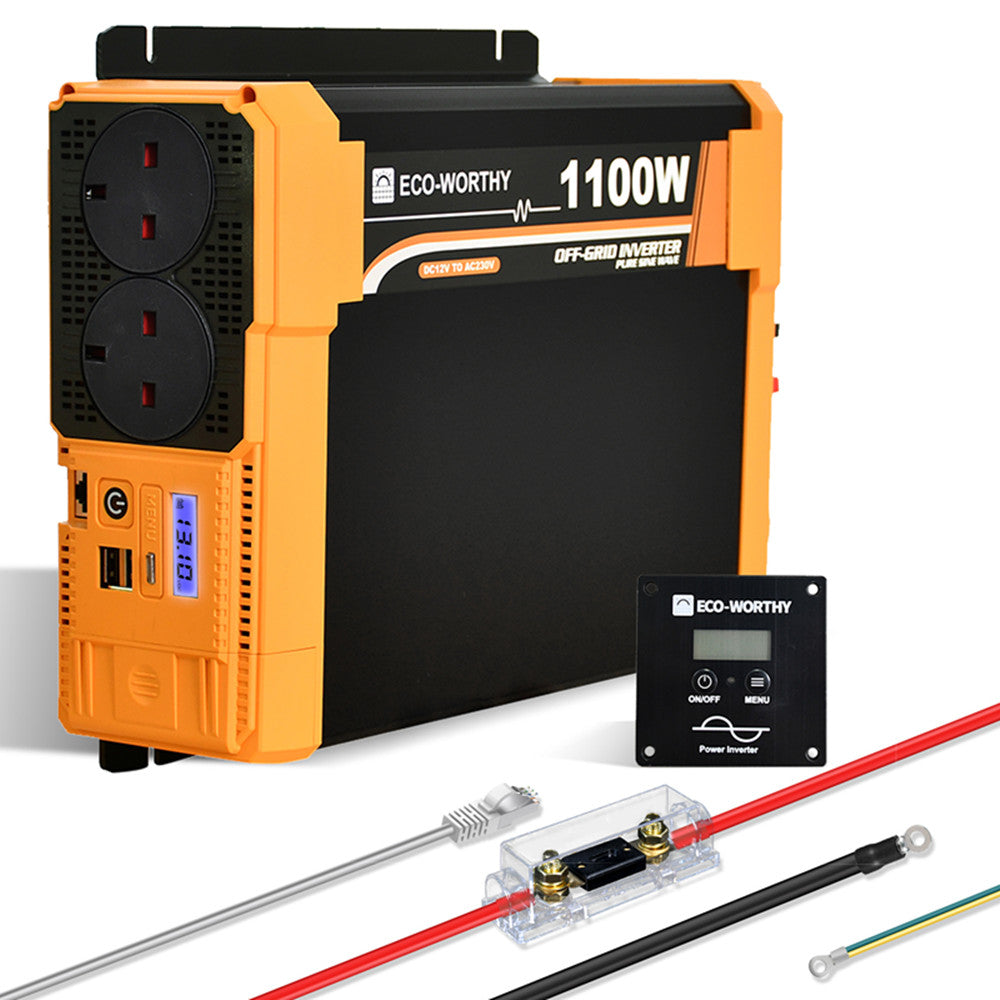In the realm of renewable energy and power management, the sine wave inverter plays a pivotal role. This device converts direct current (DC) into alternating current (AC), which is essential for powering household appliances and industrial equipment. Understanding how a sine wave inverter operates can help you make informed decisions regarding energy consumption and efficiency.

What is a Sine Wave Inverter?
A sine wave inverter is designed to produce a smooth, continuous waveform that resembles a sine wave. This type of inverter is crucial for devices that require a stable power supply, such as computers, televisions, and medical equipment. Unlike modified sine wave inverters, which produce a choppier waveform, sine wave inverters provide a cleaner output, ensuring that sensitive electronics function optimally.
How Does a Sine Wave Inverter Work?
The operation of a sine wave inverter involves several key components:
- Oscillator: This generates a high-frequency signal that is essential for creating the sine wave.
- Transformer: It steps up the voltage to the required level for AC output.
- Output Filter: This smooths out the waveform, ensuring that the output is a pure sine wave.
When DC power is fed into the inverter, the oscillator converts it into a high-frequency AC signal. This signal is then transformed and filtered to produce a clean sine wave output. The result is a reliable power source that can be used for various applications.
Advantages of Using Sine Wave Inverters
There are numerous advantages to employing a sine wave inverter in your energy system:
- Compatibility: Sine wave inverters are compatible with a wide range of devices, particularly those that are sensitive to power quality.
- Efficiency: They operate more efficiently than their modified counterparts, reducing energy losses.
- Longevity: By providing a stable power supply, sine wave inverters can extend the lifespan of connected devices.
- Noise Reduction: The smooth output reduces electrical noise, which is beneficial for audio and video equipment.
Applications of Sine Wave Inverters
Sine wave inverters are widely used in various sectors, including:
- Residential: Powering home appliances and solar energy systems.
- Commercial: Supporting office equipment and industrial machinery.
- Automotive: Used in electric vehicles and RVs for powering onboard electronics.
In conclusion, understanding the functionality and advantages of a sine wave inverter is essential for anyone looking to optimise their energy consumption. By providing a clean and efficient power supply, these inverters not only enhance the performance of electronic devices but also contribute to energy savings in the long run.








